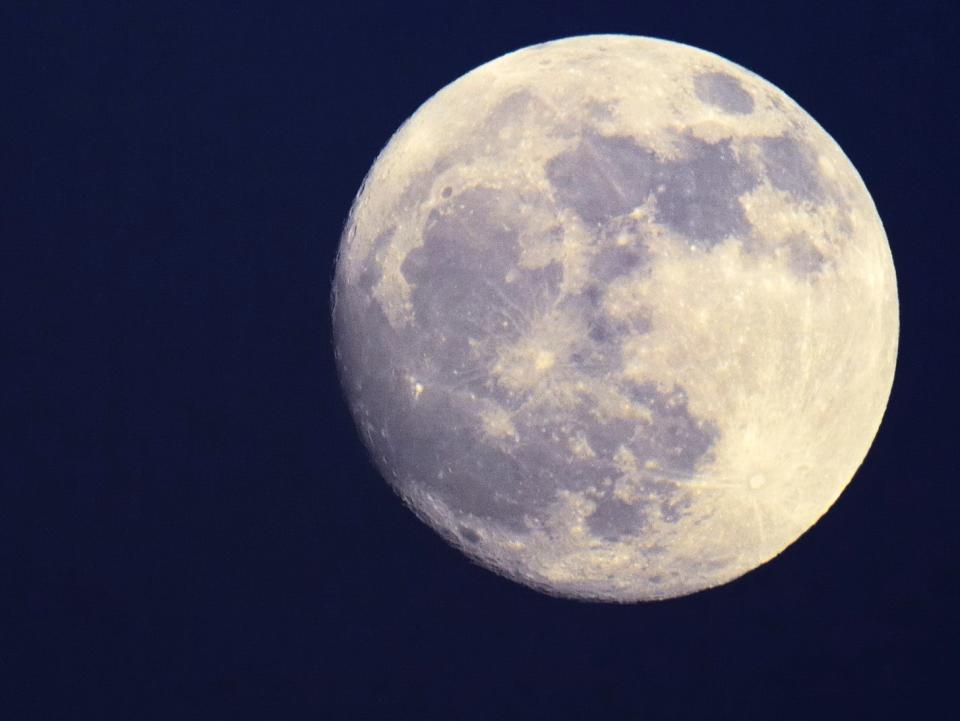Blue Moon 2020: How to watch rare event in UK this Halloween

A rare Blue Moon will appear tonight, coinciding with Halloween for the first time in more than 70 years.
The full moon will rise in the east at 4.53pm in the UK on Saturday, less than 20 minutes after the sun sets.
It is the second full moon this month — the first was on 1 October — which earns it the name “Blue Moon”.
The name is actually the result of a misinterpretation of the original meaning by an amateur astronomer in 1946.
The term Blue Moon used to refer to the third full moon in a calendar month that featured four full moons, however James Hugh Pruett incorrectly referred to the second moon in a month as a Blue Moon in an article in Sky & Telescope magazine.
The publication admitted to its “Blue Moon blooper” in 1999, but the name continues to be widely used.
It is remarkably rare for two full moons to grace a single calendar month, occurring roughly every two and a half years.
It is rarer still for a full moon to fall on Halloween. The last time a full moon was visible in all time zones around the world on Halloween, as Saturday’s moon will be, was in 1944.
Although the name does not refer to the actual colour of the moon, on very rare occasions the Earth’s satellite can actually appear blue.
This is when ash and other fine dust particles are spewed into the atmosphere by volcanic eruptions or wild fires, distorting the view of the moon from the ground.
Tips for viewing an photographing the only Blue Moon of 2020 include avoiding areas with a lot of light pollution, and using an app to track where it will rise and set in the sky.
The moon will actually appear larger when it is close to the horizon, due to an optical illusion that causes the brain to associate its size to objects on the horizon like trees and buildings.
Wildlife and landscape photographer Andrew Fusek Peters, whose photographs of the supermoons have featured across national newspapers in the UK, also suggests not using a traditional tripod in order to get more flexibility for the shot.
“I’d recommend sitting down and using your knees as an improv tripod,” he said.
“When it comes to your settings, you want to expose for the moon, which means you can keep your shutter speed and ISO fairly low. In general, the higher the ISO, the more difficulty you will have in recovering shadow detail.”
Mr Fusek Peters uses a digital SLR in his photography, however these functions are typically also available within the manual settings of high-end smartphone cameras.
Read more

 Yahoo News
Yahoo News 